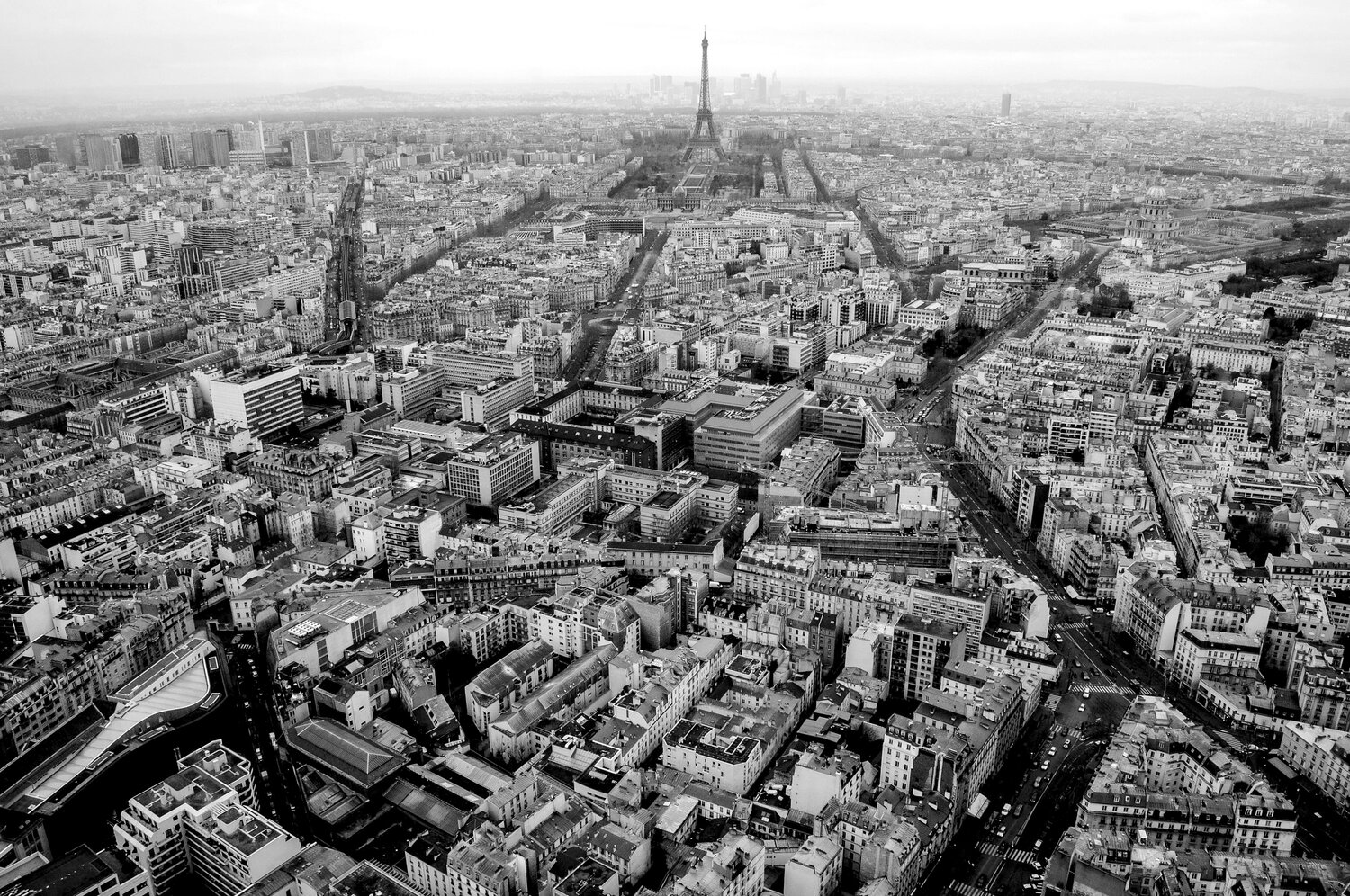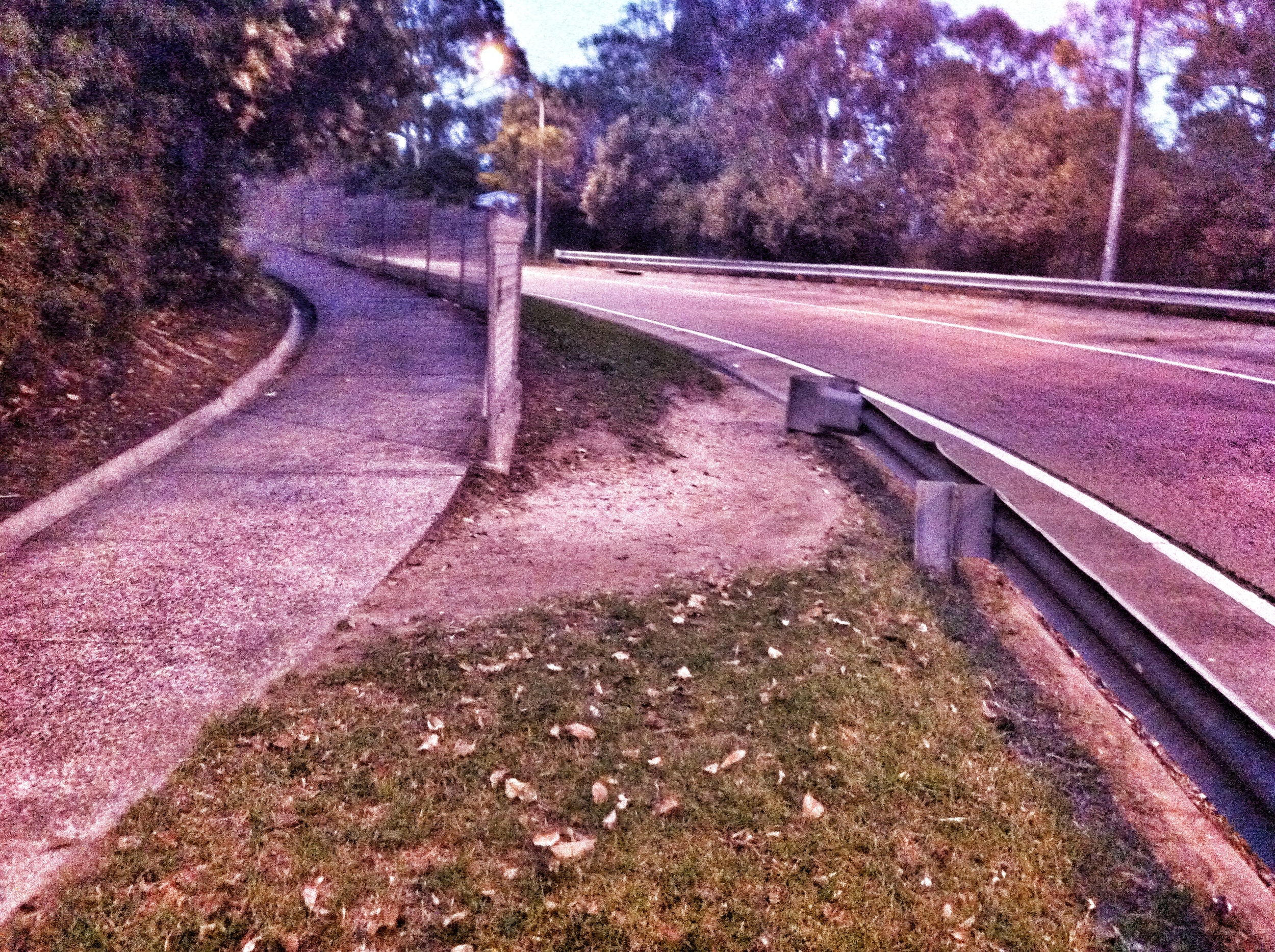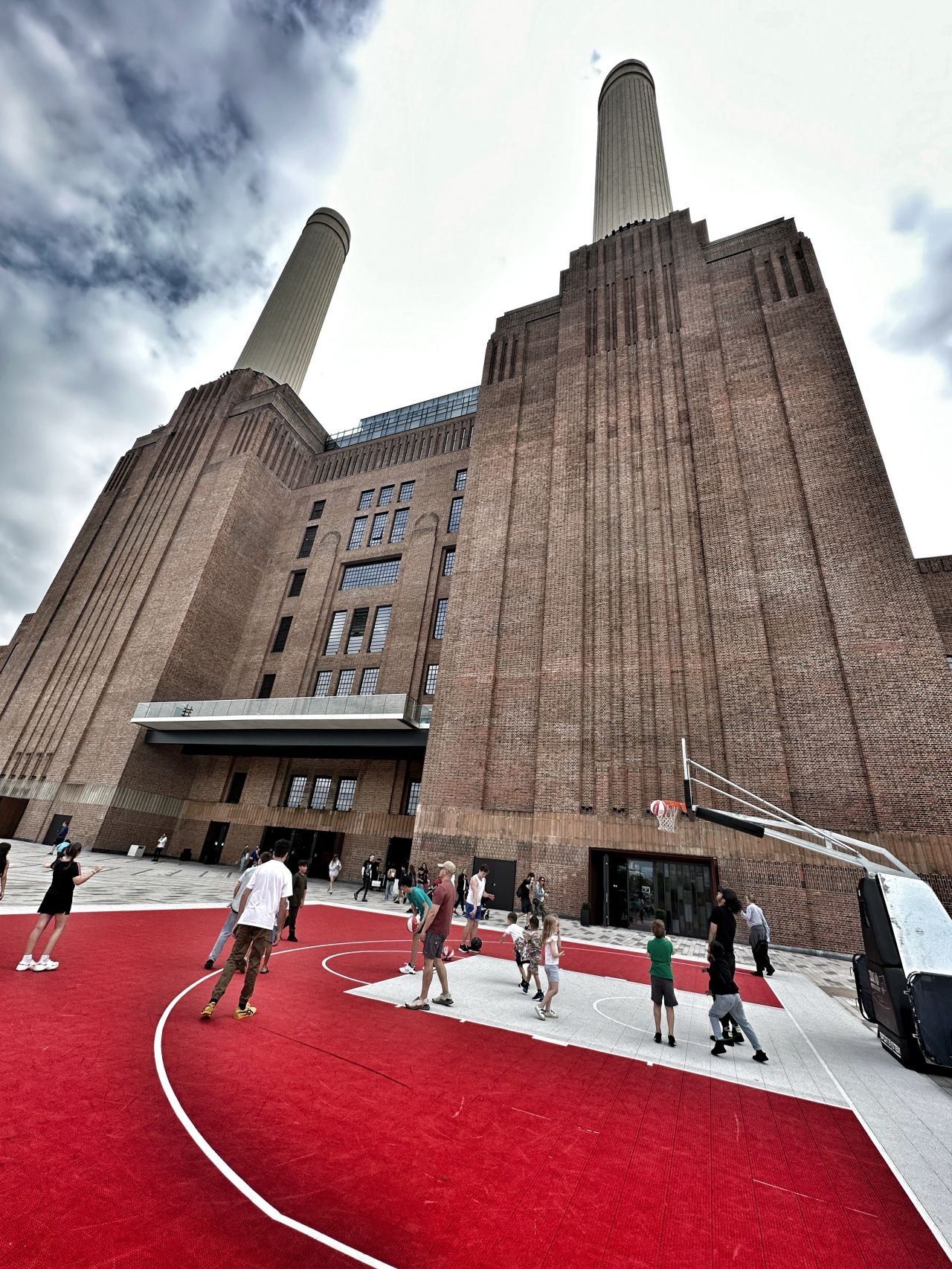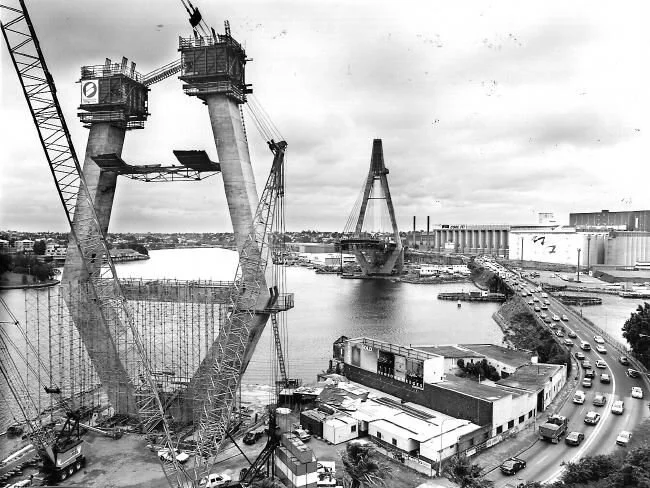Have you ever noticed a dirt track through a public park or a group of people who meander across a street in seeming defiance of authority?
Well, that's because we, as humans, utilise something called 'desire lines'. Coined by French philosopher Gaston Bachelard, desire lines describe the human tendency of carving a path between two points (usually because the constructed path takes a circuitous route).
Across the globe urban authorities tend to try to control people's walking desires by erecting fences and walls. This illustrates nothing but a disrespect for human desire.
Instead, planners and designers should be acting to adjust urban infrastructure to appreciate the way in which humans utilise urban space.
The image above shows a terrific example from Gladesville in Sydney. Travelling from the city's north into the Inner West, one must traverse a number of waterways. For private cars, this journey is relatively direct and well-signed. For pedestrians and cyclists on the other hand, the journey is indirect and rather complex, leaving people to navigate multiple underpasses and complicated road-crossings. Not what you want on a hot Sydney summer day. As a result, pedestrians and cyclists have forged their own path which allows them to avoid a good 300m underpass walk. Instead of observing and redesigning the space to accommodate for the desires of people, the roads authority has continually tried to stop the movement of people by erecting fences at multiple sections along the path.
Is Sydney a city for people or a city for vehicles? It seems that the Roads and Maritime Services would prefer it to a place for cars (I guess it's all in the name, right?).
As cities move from being overly engineered and private vehicle-dominated, observing desire lines will act as an incredible tool in urban design, place making and urban management.
In the words of Mikael Colville-Andersen, "Instead of erecting fences to restrict them in the behaviour, they [Copenhagen Council] actually make it accessible for them and make it easy for them. Because people - at the end of the day - decide on where they want to go... This is the way forward in designing our cities for people". Check out his great little film below:
Episode 09 - Desire Lines - Top 10 Design Elements in Copenhagen's Bicycle Culture from Copenhagenize on Vimeo.
Feature image courtesy Adventures in Photography.












